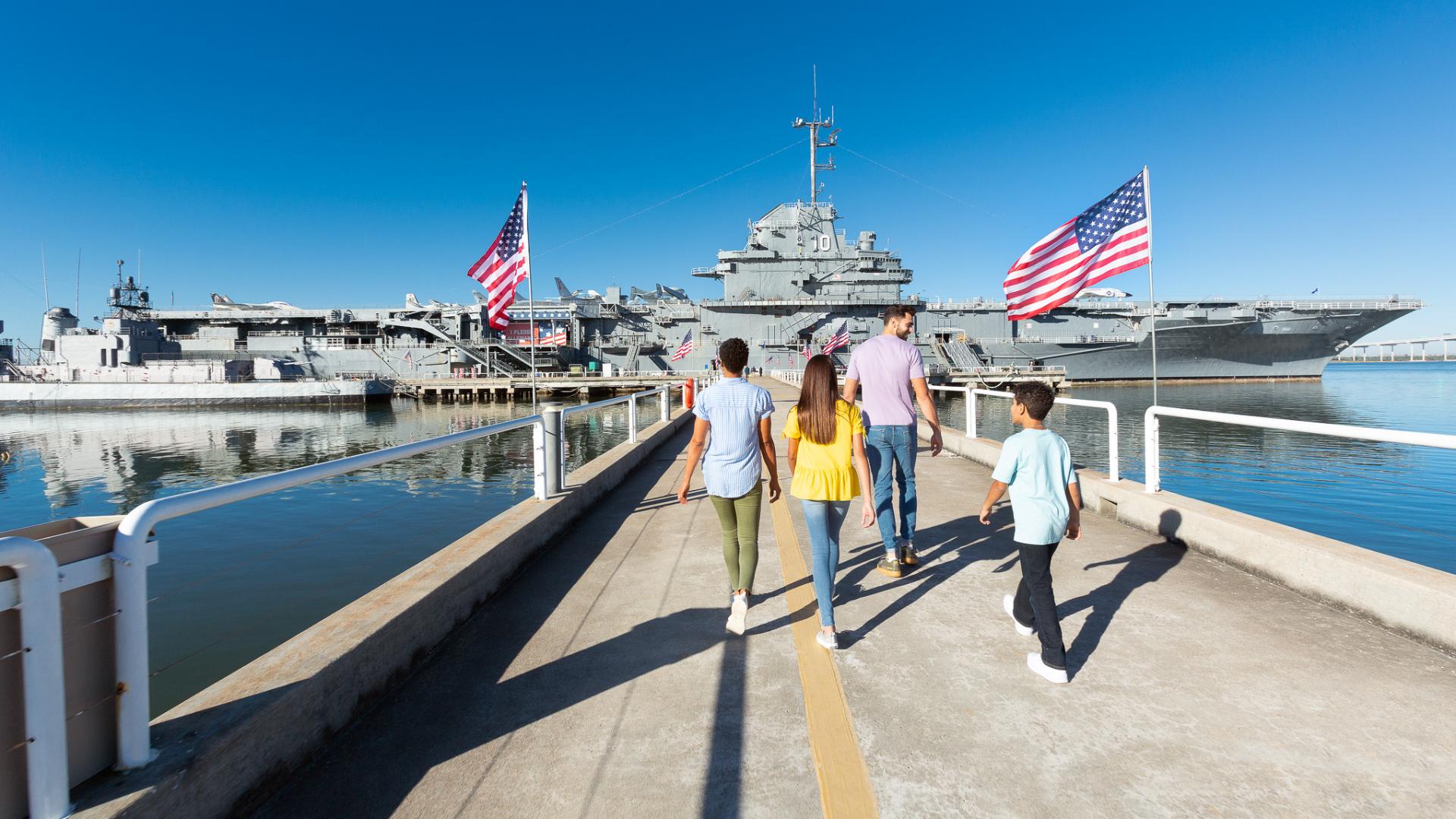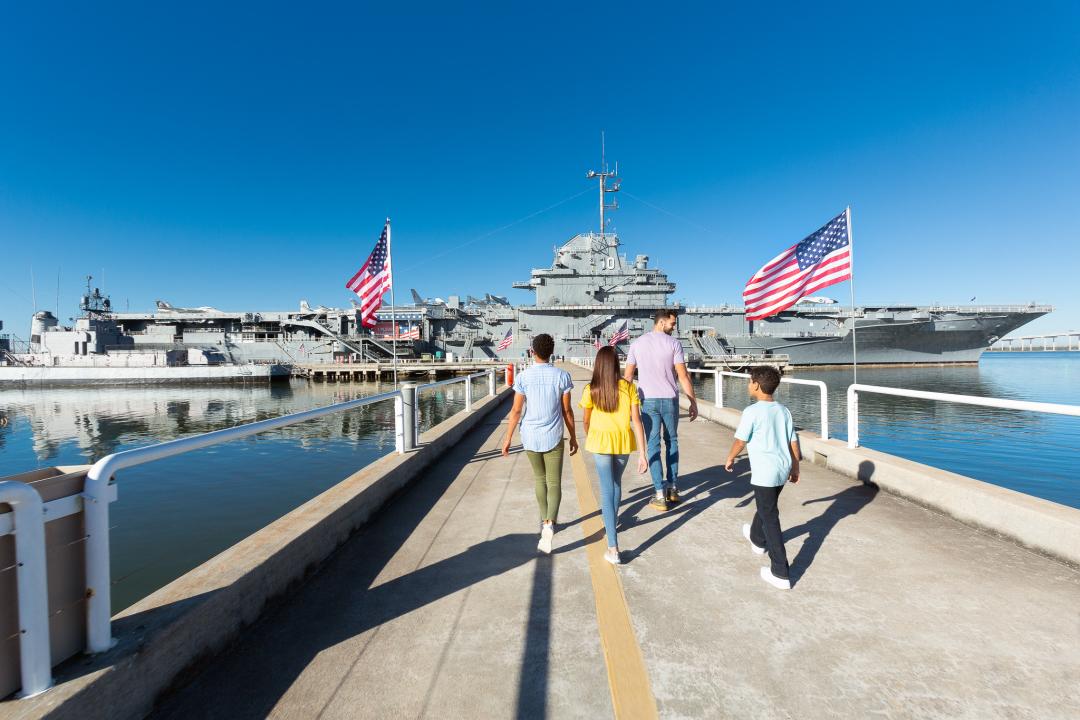 Rear Admiral William Adger Moffett, The Father of Naval Aviation
Rear Admiral William Adger Moffett, The Father of Naval Aviation
Today is the birthday of the naval officer who was able to foresee a powerful air arm of the United States Navy. William Adger Moffett was born in Charleston, South Carolina, on 31 October 1869. He was the son of Confederate Captain George Hall Moffett, who served at Fort Sumter and under General Johnson Hagood in the 27th South Carolina fighting in Virginia. Unfortunately, Billy (his boyhood name) would lose his father to a freak fall when he was five years old in 1875 and his mother struggled to raise a family of nine children in war devastated Charleston. Billy's uncle, George H. Simonton, helped him in seeking a nomination to the Naval Academy in 1886, but he earned his appointment by getting the highest exam score among the South Carolina boys seeking a Congressional appointment from Congressman Dibble.
He entered Annapolis at the age of 16 and quickly became homesick. Billy was also proud of his Southern heritage, on one lecture about the origins of the Civil War at the Academy, a Northern professor had stated, "Those dastardly South Carolina traitors started the war." Young midshipman Moffett jumped from his seat and yelled "Rats!" at the speaker and he was immediately joined by half the audience shouting "Rats" at the professor. The Academy Superintendent took disciplinary action against Billy and other cadets, but some of the officers came away with an admiration of Moffett's fighting spirit and loyalty.
Graduating from the Academy in 1890, Moffett would go on during his navy career to command a battleship and receive a Medal of Honor, before seeking the job as the first Chief of the Bureau of Aeronautics. Not only would he become the first air admiral, but he became a model for today's admirals. As the first modern admiral, he used his skills and knowledge of government bureaucracy, politics, public relations, relations with manufacturers, and encouraged technological research and development to build a powerful air arm of the Navy. Moffett would build and lead the Bureau of Naval Aviation from 26 July 1921 until his death on 04 April 1933 in the crash of the airship USS Akron. Over this critical period of 11 years, Moffett's drive and vision led to the construction of our first aircraft carriers, and the formation and training of our first naval air wings. He laid the foundation for a powerful air arm of the Navy, that would go on to win a technological war of air power in the Pacific. William Adger Moffett had become the Father and Architect of Naval Aviation, and we celebrate the centennial of his creation this year.
Despite his mighty contribution to the nation, his hometown of Charleston, SC, has forgotten him. Only a plaque and simple display on the USS Yorktown at Patriots Point in Mount Pleasant, SC, commemorate the young boy from Charleston who left home for the Naval Academy in 1886.
 First altitude record set by naval aviators, 1930. The people in the photo above include (L to R) Lt. Cdr. DeWitt C. Watson, Naval Aviator #2932, Secretary of the Navy David Sinton Ingalls, Naval Aviator #85, Soucek, and Rear Admiral William Adger Moffett (civilian clothes), first chief of the Bureau of Aeronautics. The altitude reached this day was 39,140 feet
Read more about Rear Admiral Moffett here.
First altitude record set by naval aviators, 1930. The people in the photo above include (L to R) Lt. Cdr. DeWitt C. Watson, Naval Aviator #2932, Secretary of the Navy David Sinton Ingalls, Naval Aviator #85, Soucek, and Rear Admiral William Adger Moffett (civilian clothes), first chief of the Bureau of Aeronautics. The altitude reached this day was 39,140 feet
Read more about Rear Admiral Moffett here.
Read about the air ship Akron here.
Read about the Centennial of Naval Aviation here.

